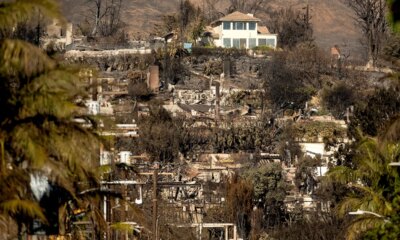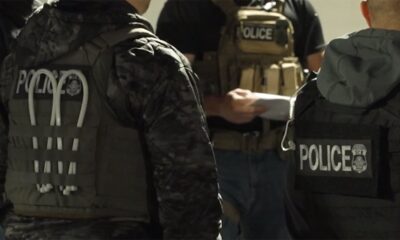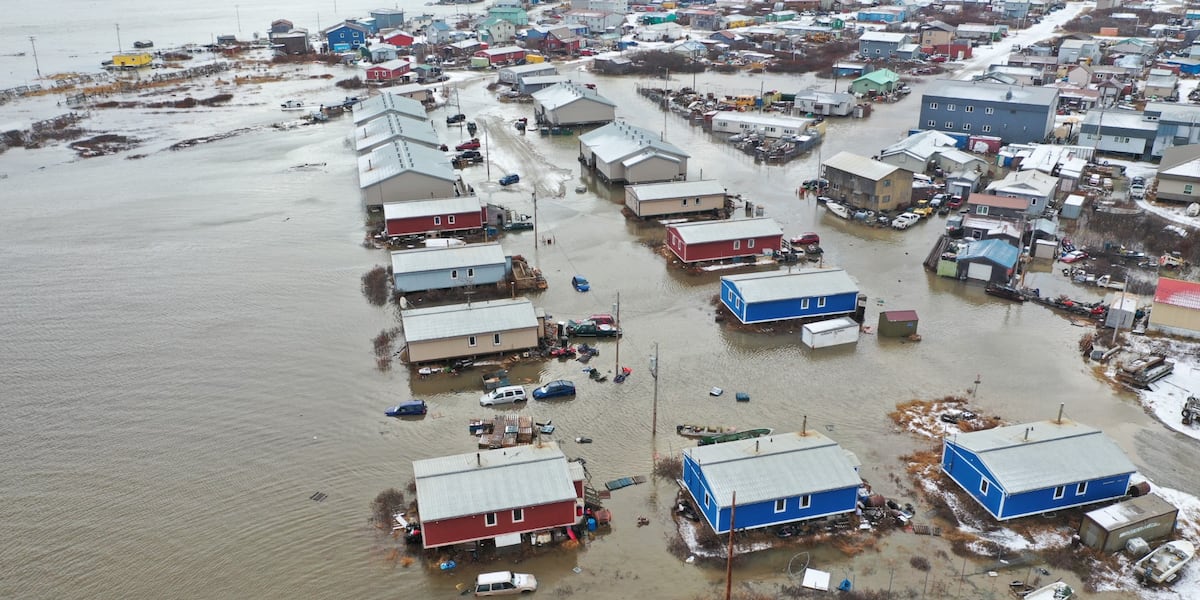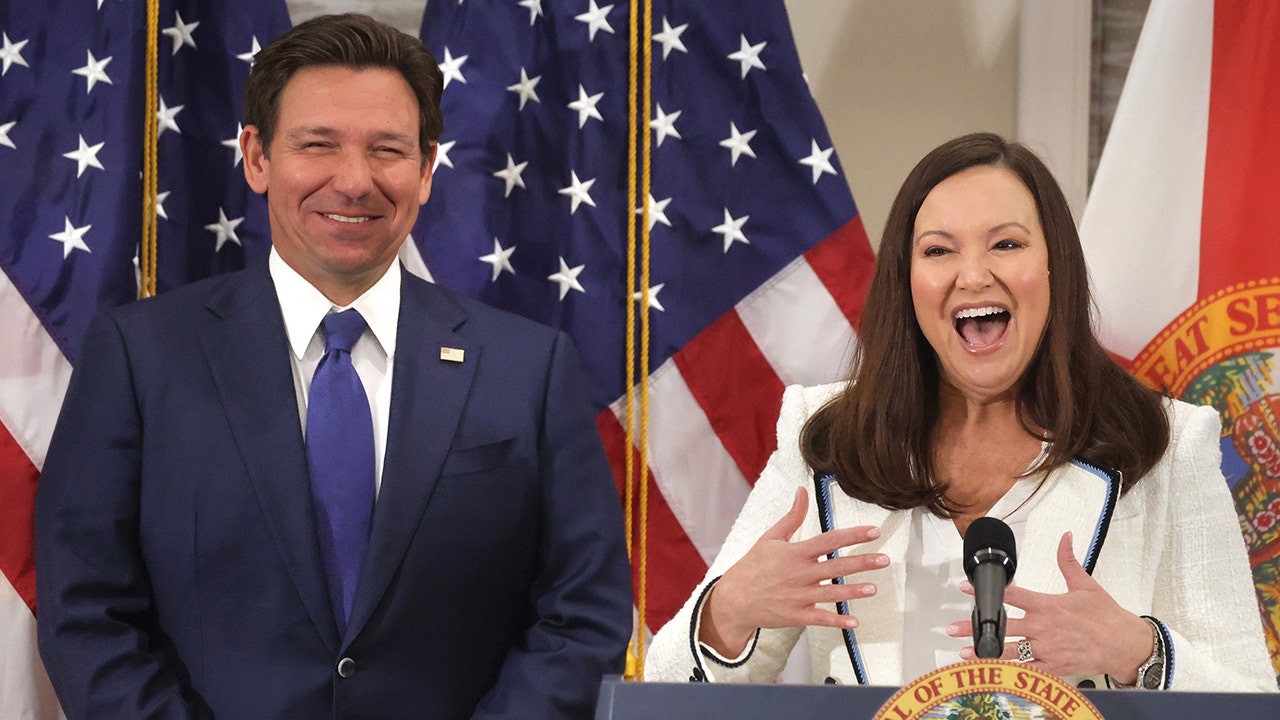Even though I’ve followed Alaska’s war on wolves and (more recently) bears for decades, word of the latest slaughter stunned me. That state wildlife biologists and managers would, in a single “intensive management” operation, gun down nearly 100 brown bears in seventeen days hit me hard. My mind and gut have been roiled by disgust and fury mixed with heartbreak.
It may have happened before, but no one in Alaska’s wildlife activist community seems able to recall such a massive massacre of predators over such a short period of time. And what else can you call what happened but a slaughter or massacre or some equivalent word?
[State wildlife officials trying to revive Southwest Alaska caribou killed almost 100 brown bears in less than a month]
That the people entrusted with managing Alaska’s wildlife would so callously kill scores of brown bears, including an unknown number of cubs, while shooting from helicopters — it just boggles the mind, at least if you care anything about wild creatures. (And that’s not to mention the five black bears and five wolves also gunned down).
This regressive, brutal, and inhumane management style hearkens back to 19th and early 20th-century strategies when bears and wolves were widely considered vermin, and many people believed “the only good bear is a dead bear.”
Nowadays, brown bears and wolves are valued as revered symbols of the wilderness. They’re also trophy animals in much of Alaska. But where they compete with humans for so-called “prey species” — most notably moose, caribou, and Dall sheep — they are considered by the state’s hunters, big-game guides, and, most importantly, its wildlife managers, to be competitors no more worthy of fair-chase methods than vermin.
This is why many of us continue to give thanks to Jimmy Carter, the Alaska National Interest Lands Conservation Act, and federal managers who will not allow many of the hunting or “control” methods permitted on state lands.
Of course, the state, in its news release announcing the recent carnage, emphasizes that the bear kill was done to help the Mulchatna caribou herd, which like other caribou herds, goes through cyclical ups and downs and is in the midst of a significant and prolonged downturn, in which the herd’s numbers have dropped from about 200,000 animals to just over 12,000. The state also stresses that its intent is to rebuild the herd for the many people who depend on caribou in the region.
What the advisory announcement downplays — and barely mentions — is that the Department of Fish and Game’s own researchers have determined that disease, habitat loss tied to climate change and overgrazing, and illegal hunting, are bigger concerns, bigger problems, than predation by either bears or wolves. And consider this: There is no guarantee that the killing of all those bears (and wolves) will do much, if anything, to help the caribou herd. It could all be for naught.
The state’s advisory announcement also gives a sanitized version of the operation, providing numbers and other data and nothing of the killing itself, the terror of the animals being chased down by helicopters, their pain and suffering, particularly those not immediately killed by their wounds, the killing of parents and cubs. To be out there in that killing field: Well, it must have been a barbaric and appalling thing to witness. War indeed seems an appropriate analogy.
I’ve been told that some state biologists opposed the bear-kill program that led to so many deaths, but they were overruled. And, furthermore, some staff are now horrified by what happened. It’s encouraging to know that at least some people in Fish and Game are disgusted. They should be, as should Alaskans who care about our state’s wildlife, bears and wolves included.
Upon learning of this travesty, some wildlife advocates have called it a “national shame.” It surely is. But I would add that our state’s wildlife management program has long been a shameful thing. For more than 20 years, while guided by Alaska’s so-called “intensive management” law, the Board of Game and Department of Fish and Game have, in a step-by-step manner, expanded the ways that they, along with hunters and trappers, can kill Alaska’s predators when intensive management is deemed necessary, many of those methods unethical and inhumane by any normal standard.
[Alaska’s recent brown bear massacre is a historic disgrace]
A big part of the problem is that Alaskans — including those in the tourism industry — have been indifferent to what our state’s wildlife officials are doing. With little pushback from the public (beyond those in the wildlife conservation community), Alaska’s wildlife managers have become increasingly emboldened and, I suspect, they’ve come to believe they can do just about anything they want and most residents won’t care.
Maybe this time the Board of Game and Fish and Game have gone too far. I can only hope and pray that’s so. What they’ve done has blindsided even those of us who have come to expect the worst from our state wildlife managers.
As I sit here writing these words and lamenting the huge and unnecessary loss of all those animals, others are busy learning more about what exactly happened, including how and why state managers could ignore the concerns of biologists who’ve studied the herd. And some who care are trying to figure out how to stop future slaughters and rein in a system that’s out of control. There’s more to come, for sure, but I couldn’t wait any longer to share my fury, my disgust, my deep inner ache.
Anchorage nature writer wildlands/wildlife advocate Bill Sherwonit is a widely published essayist and the author of more than a dozen books, including “Alaska’sBears” and “Animal Stories: Encounters with Alaska’s Wildlife.”
The views expressed here are the writer’s and are not necessarily endorsed by the Anchorage Daily News, which welcomes a broad range of viewpoints. To submit a piece for consideration, email commentary(at)adn.com. Send submissions shorter than 200 words to letters@adn.com or click here to submit via any web browser. Read our full guidelines for letters and commentaries here.

:quality(70)/cloudfront-us-east-1.images.arcpublishing.com/adn/GCYZ5Z7CVZBI3FD5ATKFDFM2WY.jpg)






















/cdn.vox-cdn.com/uploads/chorus_asset/file/25822586/STK169_ZUCKERBERG_MAGA_STKS491_CVIRGINIA_A.jpg)

/cdn.vox-cdn.com/uploads/chorus_asset/file/25821992/videoframe_720397.png)




/cdn.vox-cdn.com/uploads/chorus_asset/file/23935558/acastro_STK103__01.jpg)